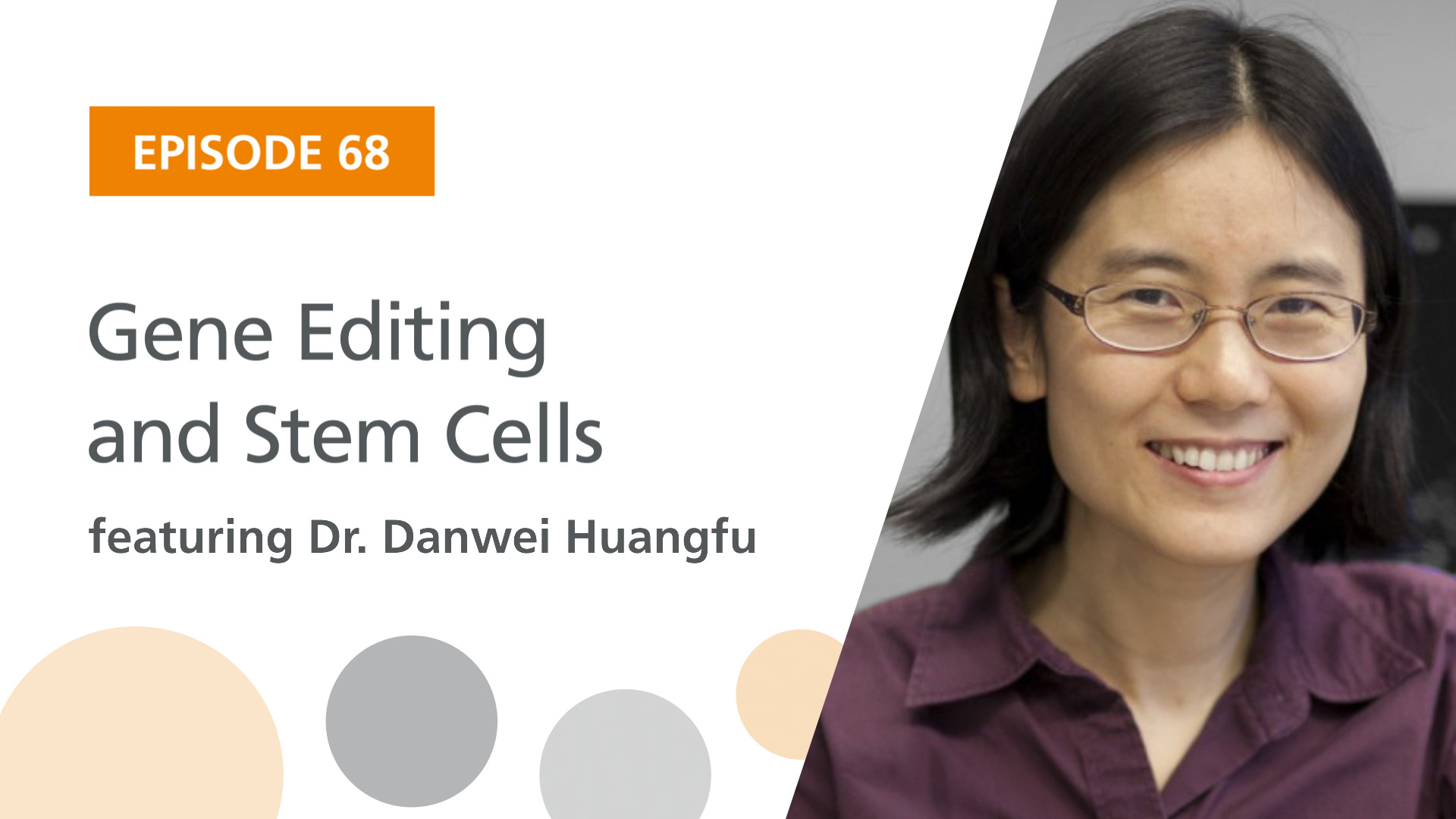
Podcast: Play in new window
Guest:
Stem cell researcher Dr. Danwei Huangfu discusses her work and latest paper in Cell Stem Cell. Her team used CRISPR technology to genetically manipulate human pluripotent stem cells and induce pancreatic beta cells.
Resources and Links
FDA Warning about Imodium Ad Overdoses – The U.S. Food and Drug Administration (FDA) warned that higher-than-recommended doses of the antidiarrheal medicine loperamide, sold under the brand name Imodium, can lead to serious heart problems and even death.
Who Advises Women to Delay Pregnancy over Zika Virus Threat – World Health Organisation (WHO) issues advice to millions of people in regions affected by virus that can cause severe birth defects and microcephaly.
Sense of Touch and Autism – This article reveals that in mice, mutations in autism-related genes in skin nerve cells linked to anxiety, poor social skills.
Four New Elements Now Have Names – Four elements that were officially added to the periodic table have been named as nihonium, moscovium, tennessine, and oganesson.
Integrated Genomic Analysis of Diverse Induced Pluripotent Stem Cell from the Progenitor Cell Biology Consortium – The Progenitor Cell Biology Consortium performed comprehensive experimental and genomic analyses of 58 induced pluripotent stem cells from ten laboratories generated using a variety of reprogramming genes, vectors, and cells.
A Cure for Multiple Sclerosis? – According to this article, chemotherapy, combined with stem cell transplants, could halt the onslaught of multiple sclerosis in people suffering from the disease.
New Techniques to Assess the Fate of Stem Cells In Vivo – Researchers from the Université Libre de Bruxelles Cancer Research Center, led by Cédric Blanpain, developed new methods to assess with great precision the multipotent or unipotent fate of mammary gland and prostate stem cells.
Generation of Mice with Longer and Better Preserved Telomeres in the Absence of Genetic Manipulations – This article reveals how researchers use mouse embryonic stem cells with ‘hyper-long’ telomeres, which also express green fluorescent protein, to generate chimaeric mice containing cells with both hyper-long and normal telomeres.
Photo Reference: Courtesy of Dr. Danwei Huangfu

